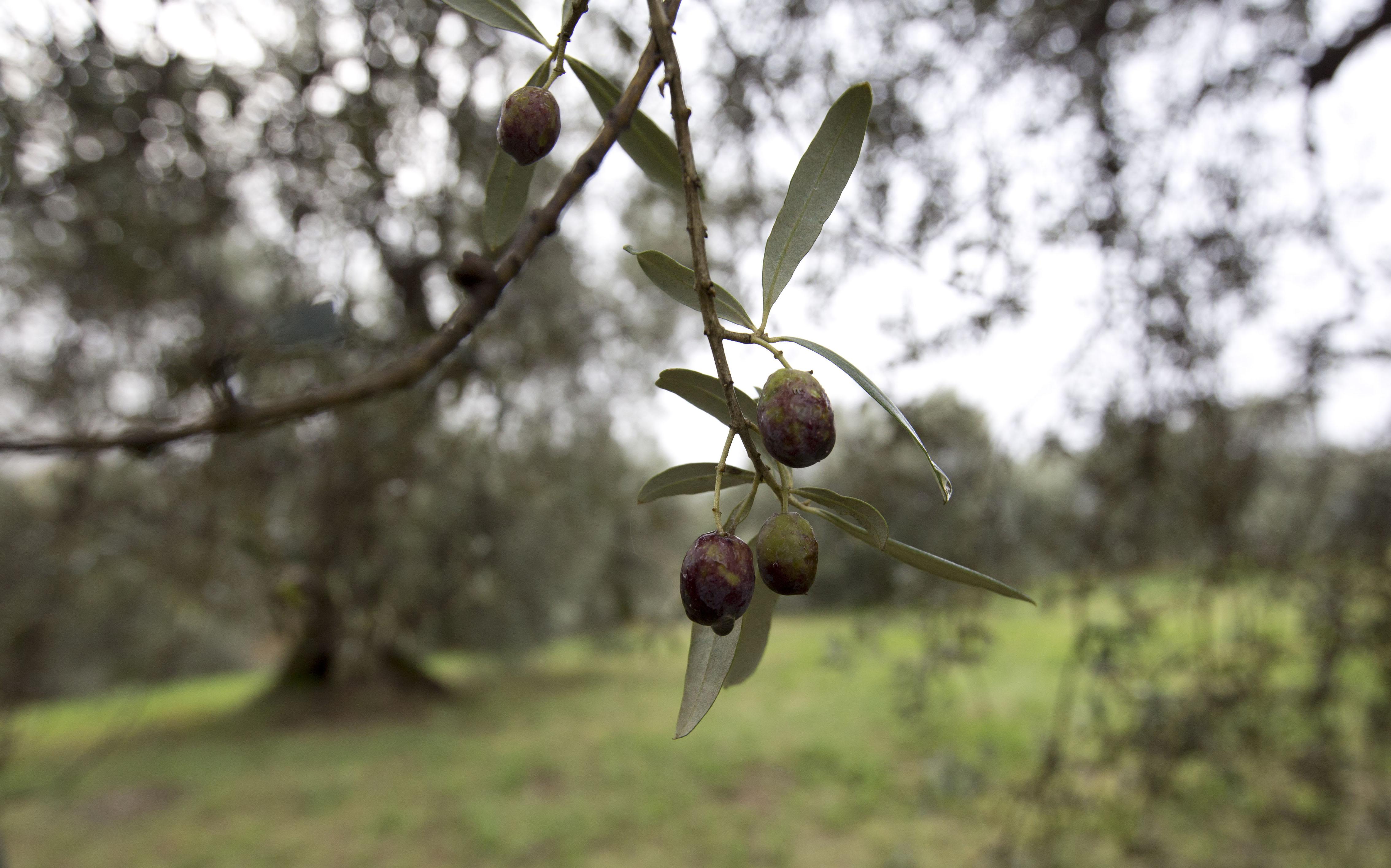
TEHRAN (FNA)- Morgan Muir who has been in charge of overseeing President Joe Biden's daily intelligence briefings will no longer do so.
Muir will be moved to a new role within the White House and is now expected to oversee the assembly of the written President's Daily Brief instead, The Daily Mail reported.
The brief is assembled from various reports from across the intelligence community, but he will no longer lead the in-person briefings.
The move comes after it was revealed on Saturday that Muir, who was formerly a senior CIA analyst, was part of a group advocating for the agency with regards to false claims about its torture program to a powerful Senate committee.
Muir essentially put together what would become the report on the agency's torture program in 2013.
An article by BuzzFeedNews quoted Daniel J. Jones, one of the lead committee staff members at the time, who noted how Muir had defended the value of the CIA's torture program in private talks with Senate aides and made false claims.
Jones told the publication that Muir could no longer be trusted to "convey accurate information".
"I would not trust him," Jones said, given Muir's past statements, adding, "There's no room for you in senior positions anymore."
CIA Spokesperson Timothy Barrett has called Jones' characterizations "baseless" and defended Muir calling him "an exemplary career intelligence officer whose strength of character is unquestionable".
A Senate report which was finally issued in 2014, was a sweeping indictment of the CIA and outlined the clear abuses and torture by the agency while interrogating terrorism suspects in the years after the September 11th terror attacks alongside a pattern of misleading Congress and the White House about it.
The article reveals how in 2013, there was a dramatic standoff between the Senate Intelligence Committee and the CIA in which Muir played a pivotal role.
After the senate committee found "enhanced interrogation techniques" against terror suspects were not effective, Muir led a series of tense meetings in which the CIA attacked the findings.
A 6,700-page report was produced, yet Muir continued to defend the value of the torture program and based his assertions on information the CIA later admitted was inaccurate.
The 2013 meetings which were led by Muir continued for a month at the Hart Senate Office Building, where classified information is discussed.
Jones recalled how those on either side of the argument were so far apart that even discussing basic facts was a challenge.
"We would say, 'Here's a piece of paper. It is red. We can all see that it is red," Jones said, adding, "And they would say, 'No, it's blue.'"
Muir continued to defend the CIA's response to the torture report despite being shown a version of the agency's own records that contradicted its claims.
"He continued to double down on the false assertions," Jones said.
After the Senate report into torture was released, the CIA then quietly posted a series of three pages of corrections but it was almost a full year before the Senate Intelligence Committee and public even learned of its existence.
With Muir now working in the Biden White House, former Democratic Senator Mark Udall also expressed reservations over Muir's suitability to be compiling intelligence reports for the president.
"President Biden has assembled a strong national security team, but he should have serious concerns about entrusting his Presidential Daily Briefing to anyone who may have helped cover up this dark chapter in our nation's history," Udall wrote in a statement.
"I can attest that it's critical that intelligence agencies provide the president and other leaders with unbiased, factual and honest information. As we now know, the CIA and its leadership misled the public, senators, and Senate staff for years about the CIA's systematic and brutal torture of detainees," Udall added.
After the publication of the BuzzFeed article, officials insisted Muir's interactions with the Senate committee had nothing to do with the decision to change how and by whom Biden was being briefed.
"Morgan Muir is a widely respected intelligence officer who has demonstrated the highest standards of integrity and professionalism throughout his career," Amanda J. Schoch, the spokeswoman for the Office of the Director of National Intelligence said to the New York Times.
"He is not the President's briefer as that term is generally understood, and there are no plans for him to be in the oval," she added
















